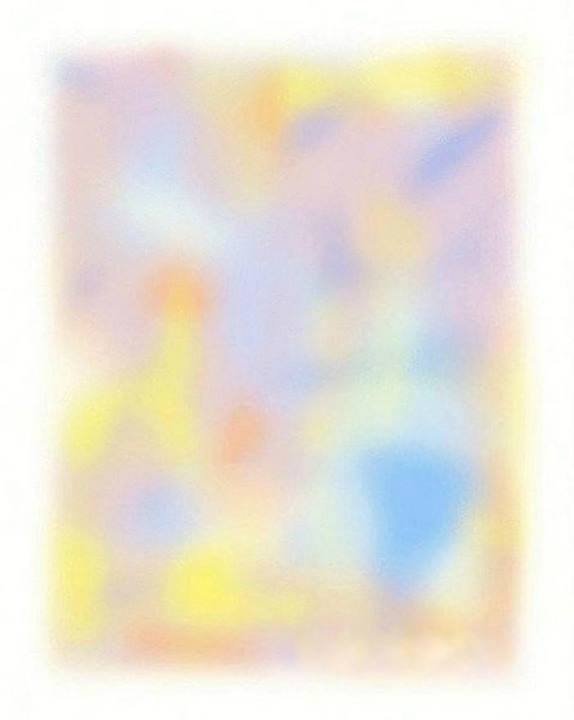Your brain is a magician. And now, for its next trick, it will make a field of pastel colors disappear before your very eyes!
Take a look at the image below. (It might help to open it in a new tab and zoom in). Pick a spot in the center of the picture, and stare only at that spot for about 20 seconds. Try to let your eyes relax there, without letting them stray to any other corner of the image. Ready? Set? Stare…
You should notice something peculiar happen: As you gaze at a single spot, all the colors around it slowly fade to white. Think too hard and everything comes whooshing back again. But where did everything go?
This is not a GIF in disguise. This is your brain on an optical illusion called the Troxler Effect, or Troxler fading, and it reveals how your mind's natural affinity for efficiency can sometimes lead you astray.
The Troxler effect is named for Swiss physician and polymath Ignaz Paul Vital Troxler. About 200 years ago, Troxler discovered that certain objects and colors had a sneaky habit of fading before his very eyes. In an 1804 paper titled "On the disappearance of given objects from our visual field," Troxler hypothesized, when a person's eyes become focused on an unchanging stimulus for a prolonged period of time, the details in that person's peripheral vision begin to fade. If those peripheral details are blurry or low-contrast to begin with (like the washed-out pastels in the image above), they fade even faster.
This happens, later scientists suggested, because the human brain is so good at adapting to new stimuli.
For example, when you first put on your underpants in the morning, you feel the fabric against your skin. But soon — within seconds — the sensation fades away. (If it doesn't, you are wearing the wrong underpants). Your sensory neurons have effectively adapted to the feeling of the fabric, and because that feeling is unchanging and non-threatening, your neurons start to ignore the stimulus as non-essential information.
This same sort of mental muting happens to all of your senses throughout the day, which is for the best. If you couldn't ignore the steady hum of your computer monitor, the constant smell of your own body odor or the nose jutting out in front of your face, you'd never be able to focus on the important things — like whether your boss is standing right behind you.
When looking at a Troxler-style illusion, you can speed along your visual adaptation by forcing your eyes not to deviate from a single central point, giving your retinal cells no new information to process. As your eyes adapt to the image, the unchanging peripheral details blur together and take on the color of the surrounding environment — in this case, white. This is your brain filling in information it has deemed, in a sense, too boring to process.
For more examples of the Troxler effect in action, check out the University of Glasgow's Illusion Index. Just don't think too hard, or you'll never see all that nothing.
Originally published on Live Science.

Hi! I am a robot. I just upvoted you! I found similar content that readers might be interested in:
https://www.livescience.com/62274-disappearing-optical-illusion-troxler-explained.html
Ok thanks